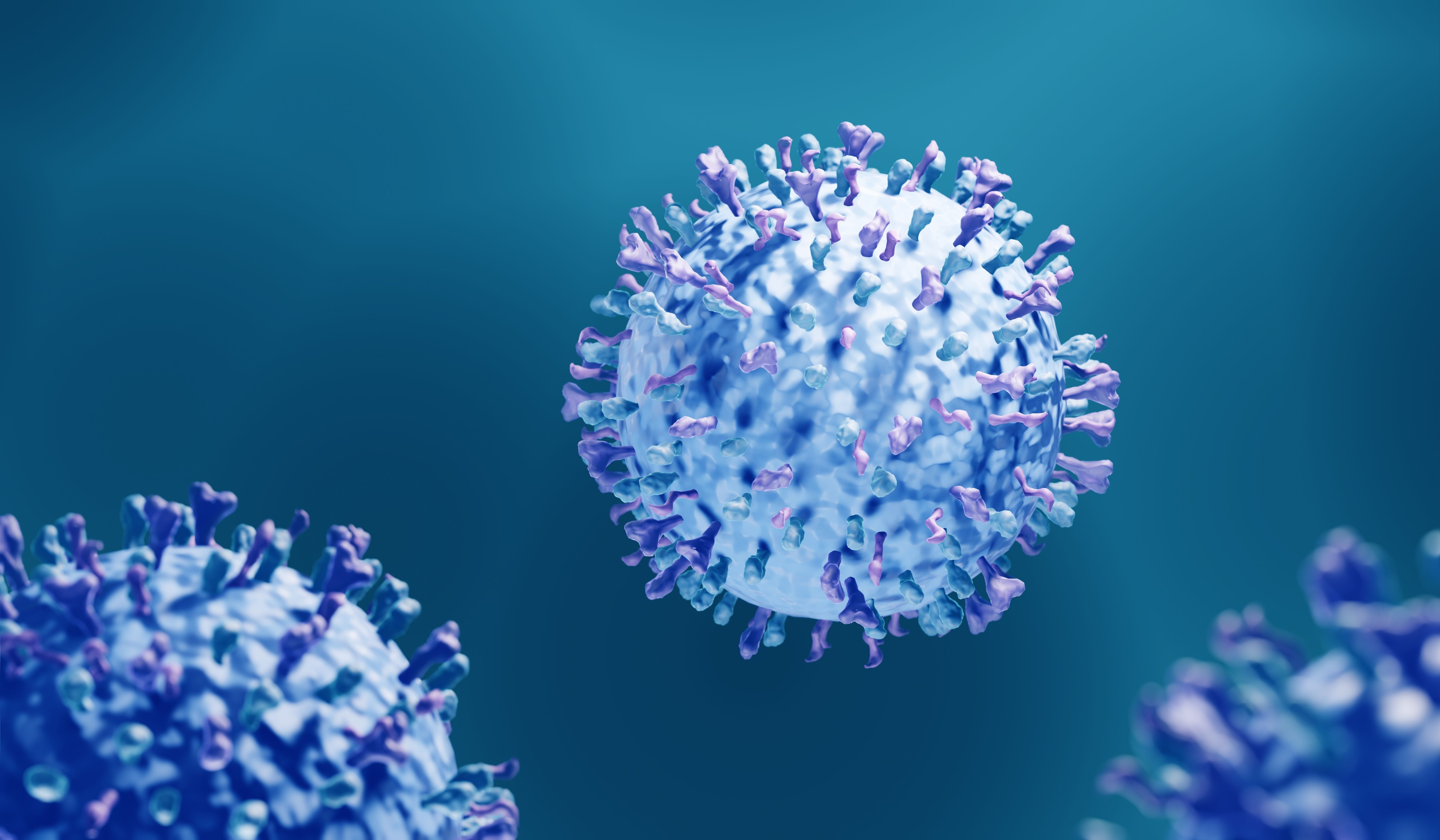
News
Article
Meta-Analysis Evaluates RSV Viral Load and Symptom Kinetics
Author(s):
Key Takeaways
- RSV poses a significant threat to high-risk individuals, including older adults and those with chronic conditions.
- Human challenge infection studies (HICs) intentionally expose individuals to pathogens to evaluate treatment or vaccine effectiveness.
- The meta-analysis revealed a 54% reduction in viral load AUC and a 76% reduction in TSS AUC, with varying heterogeneity.
- RSV peak viral load and symptom score occur simultaneously, unlike SARS-CoV-2 and influenza, where symptom peaks are delayed.
New research analyzes human challenge infection studies to reveal insights on respiratory syncytial virus viral load and symptom dynamics, aiding treatment development.
Human challenge infection studies (HICs) are vital for understanding respiratory syncytial virus (RSV) viral load (VL) and symptom progression, which is crucial for developing new treatments. However, no systemic review currently incorporates these HICs to explore the VL kinetics and symptom dynamics and their temporal relationship. New research published by investigators in The Lancet conducted a systemic review and meta-analysis of RSV HICs to fill this gap.1
Image credit: Artur | stock.adobe.com

RSV in High-Risk Individuals
RSV causes a significant health threat among vulnerable individuals, including older adults and those with chronic conditions. High-risk features that are more susceptible to severe RSV include asthma, chronic obstructive pulmonary disease, congestive heart failure, and older age.1 According to the CDC, an estimated 100,000 to 150,000 adults aged 60 years and older in the US are hospitalized due to severe RSV.2
Meta-Analysis of RSV HIC
The role of HICs is to intentionally expose individuals to a pathogen to evaluate the effectiveness of treatments or vaccines. While several HICs have studies on investigational drugs for RSV, more research is needed.1
In a systemic review and meta-analysis, researchers aim to further evaluate the integration of RSV HICs and expand their temporal relationship. Using various databases, the researchers searched for double-blind, placebo-controlled RSV HICs from 1990 to August 2023. After gathering the data, the researchers estimated the VL and symptom-related measures in placebo groups and the relative mean reduction (RMR) of these measures in experimental drug groups. The primary outcomes were RMR of VL area under the curve (AUC) and total symptom score (TSS) AUC. Secondary outcomes included mean placebo VL and AUC, mean placebo VL at peak, time to mean placebo peak VL, mean placebo TSS AUC, and time to mean placebo peak TSS. The study authors noted that they used random-effects meta-analysis for all outcomes except for the time to mean peak VL and time to mean peak TSS.1
After assessing heterogeneity with the I2 measure, the results demonstrated that RSV’s mean peak VL time is similar to SARS-CoV-2 but later than influenza. Analysis of primary outcomes revealed an average 54% reduction in VL AUC, with substantial variability across studies. In contrast, the TSS AUC exhibited a larger average reduction of 76% and a lower heterogeneity, suggesting more consistent treatment effects.1
Regarding symptom dynamics, peak TSS occurs later in SARS-CoV-2 and earlier in influenza. For RSV, peak VL and TSS match, whereas in SARS-CoV-2 and influenza, peak TSS is delayed by 2 and 1 days, respectively.1
However, the study authors noted that it’s important to note that RSV challenge studies typically randomize individuals between day 2 and day 5 post-inoculation, assuming all are RSV positive, though a small proportion may test positive after randomization, which may not fully reflect clinical treatment. Despite optimized screening, the uninfected rate varied across studies, potentially introducing heterogeneity due to factors like prior RSV exposure, innate or cell-based immunity, and variable RSV-specific immunity in volunteers. Potential sources of heterogeneity also include imbalances in VL and symptom severity, prior infection timing, seasonal differences, varying drug mechanisms, and unmeasured confounders.1
The findings suggest that primary outcomes revealed an average 54% reduction in VL AUC with high heterogeneity, while the TSS AUC showed a more consistent 76% reduction.1
“These results can be used to contextualize effects of other potential experimental drugs when tested on the same strain. Overall, findings from our analysis can help researchers and clinicians in significantly accelerating the development of RSV treatment interventions,” the study authors concluded in a news release.1
REFERENCES
1. Role of human infection challenge studies (HICs) in drug development for respiratory syncytial virus (RSV): systematic review and meta-analysis. The Lancet. News release. July 2025. Accessed June 6, 2025. https://www.thelancet.com/journals/ebiom/article/PIIS2352-3964(25)00209-9/fulltext
2. CDC. RSV in Older Adults. News release. August 30, 2024. Accessed June 6, 2025. https://www.cdc.gov/rsv/older-adults/index.html
Newsletter
Stay informed on drug updates, treatment guidelines, and pharmacy practice trends—subscribe to Pharmacy Times for weekly clinical insights.
2 Commerce Drive
Cranbury, NJ 08512
All rights reserved.




